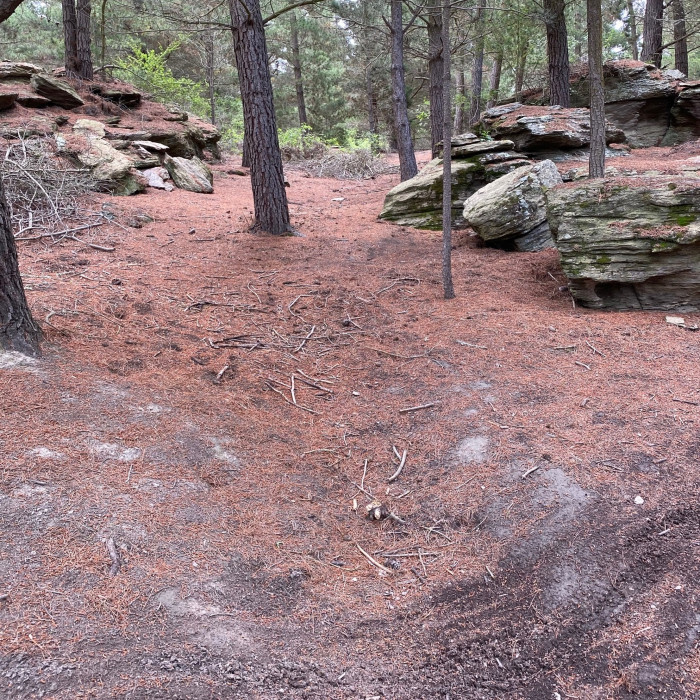A word from the mayor: Half Mile wilding pines
Mayor Tim Cadogan - Opinion
20 November 2021, 4:43 PM
 Central Otago District Mayor Tim Cadogan shares his opinion on Half Mile’s wilding pines and locals’ fight to save them.
Central Otago District Mayor Tim Cadogan shares his opinion on Half Mile’s wilding pines and locals’ fight to save them. I really like to try to find middle ground on issues that are important to people; a way that can leave everybody equally happy, or if that doesn’t work, equally unhappy.
It’s a way of dealing with conflict that I found led to the best outcomes for all when I was inland Otago’s Disputes Tribunal referee.
But there are times when that is just not possible; times when there is not an outcome where one side does not get what they want, no matter how passionately they want it.
The wilding pines on the Half Mile is a case in point. There is a group of entirely genuine people who are honestly and extremely upset about council’s plans to remove these trees.
They point out that the pines are not only used for recreation but are a roosting place for native birds and a sound barrier for noise from the highway.
They claim that any replanting of native trees would take at least 15 years to mature and claim repatriation will involve enormous cost to ratepayers. They also worry that the area will be a dustbowl in the southerlies.
To a greater or lesser extent, I accept those views. But they do not change my view that the pines simply have to go.

Wilding pines at Half Mile, Alexandra.
I visited the Half Mile site a couple of weeks ago. Yes, above me it was lovely, with trees and some birds. But below me was death.
Like any pine plantation, the acidic needles had utterly killed the ground.
In patches where there wasn’t simply bare, burnt dirt, there was tenacious thyme, some struggling rose briar and very little else.
Wilding pines are essentially the thermonuclear device of biodiversity destruction and will, if we let them, completely destroy the natural landscape of Central Otago.
As I stood on the site, I looked through the pines to the hill facing me across the river, where more of these trees were gaining a foothold.
With the wind at my back, it wasn’t hard to see where the seeds for this spread had come from.
The Wilding Conifer Control Group has identified the Half Mile site in particular amongst council owned sites as being a damaging and dangerous seed source for the spread of the pines to other areas.
I simply do not see how Council can be expected to continue to allow a seed source like this to remain on land it has control over, no matter how much some parts of our community wish it could be so.
Having said that; a better job should have been done explaining to the public what the plans are for the site once the trees are gone.
With that in mind, there will be a drop in session at the Skird Street Community Centre from 4 to 6 this coming Monday to discuss and get feedback on those plans.


